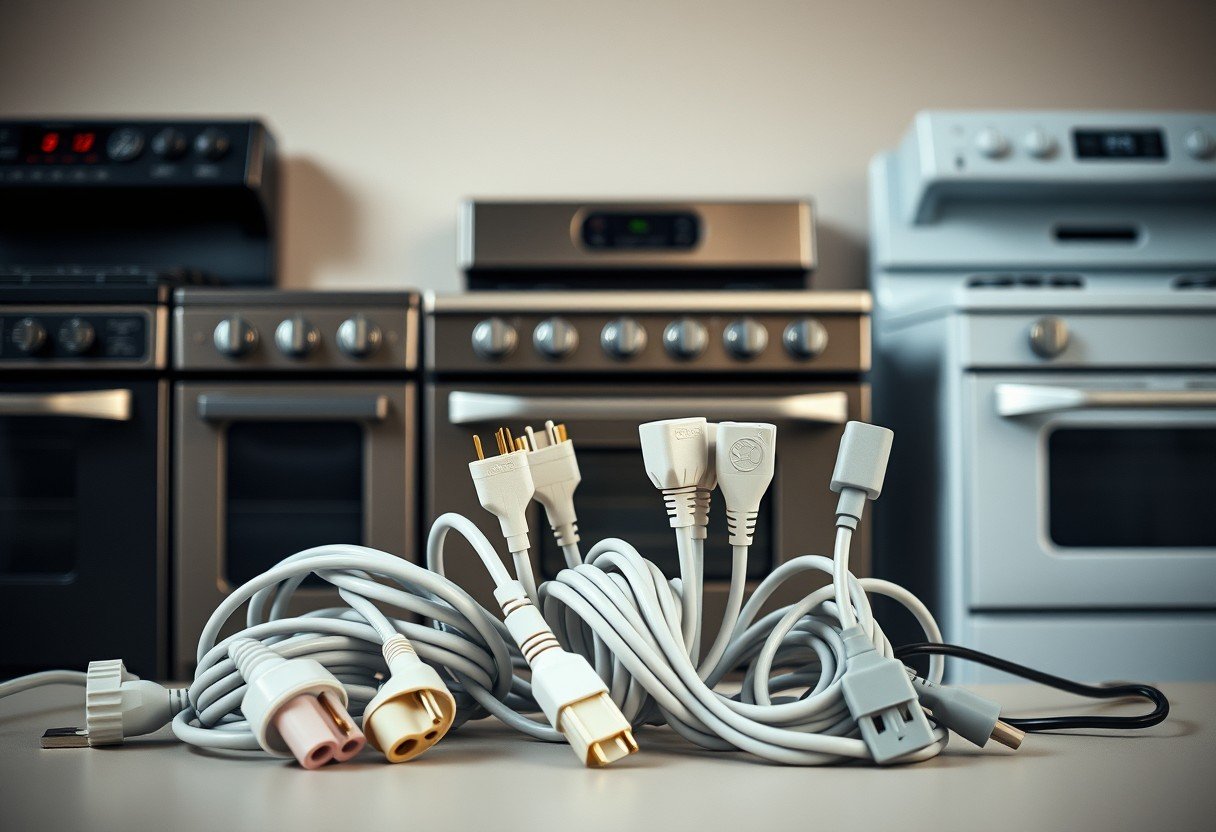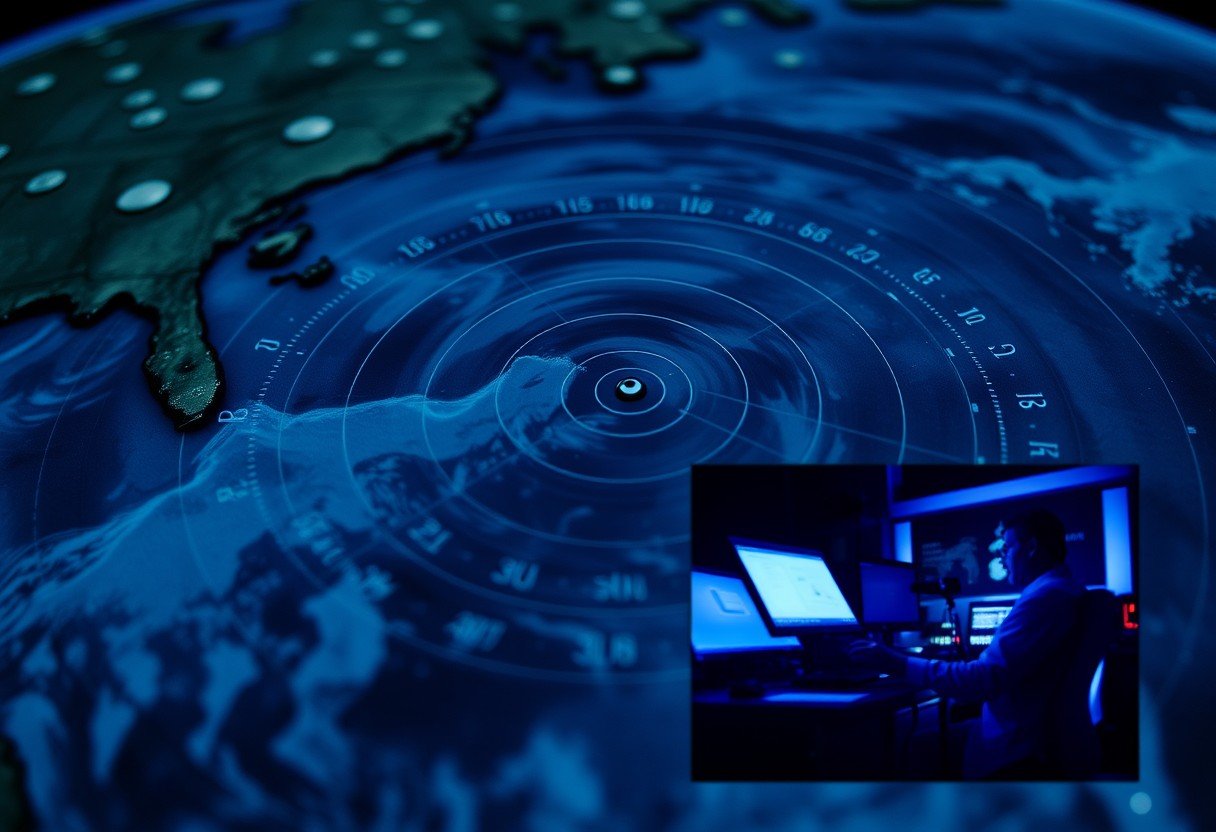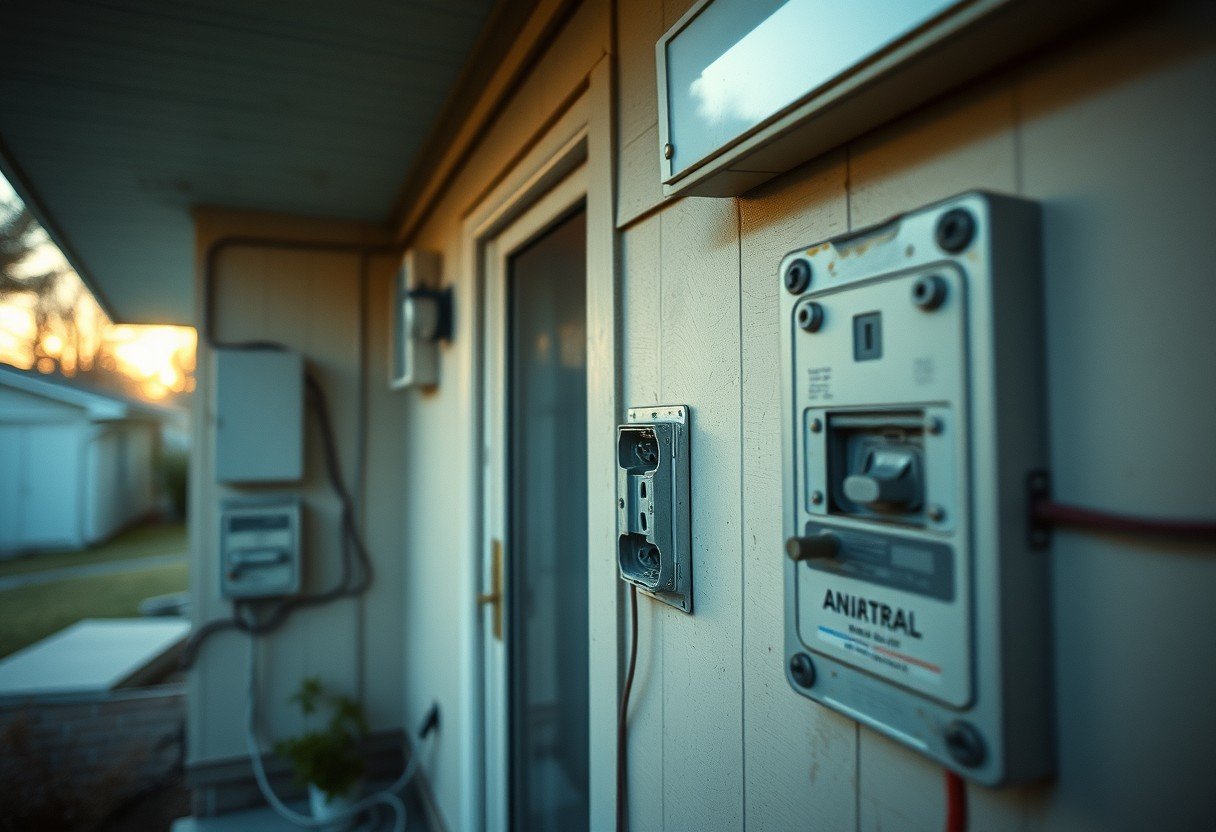Thinking about installing a new electric stove? You might assume the power cord is a simple plug-and-play part, but they are not universal. The right cord depends on your home’s wiring, the stove’s power needs, and local safety codes. Using the wrong one can be inefficient and dangerous. This guide explains how to identify and choose the correct power cord for a safe and successful installation.
Why Electric Stove Power Cords are Not Universal
The primary reason electric stove and range power cords are not one-size-fits-all is due to varying electrical requirements and safety standards. Different appliances draw different amounts of electrical current, measured in amperes (amps). A high-powered range needs a thicker, more robust cord to handle the load safely compared to a smaller model.
Additionally, electrical codes have changed over time. Homes built before the mid-1990s often have 3-prong outlets for stoves, while newer homes are required to have safer 4-prong outlets. Because manufacturers sell their appliances nationwide, they cannot bundle a single cord that works for every home’s electrical setup.
This lack of standardization means the responsibility falls on the consumer to match the cord to both the appliance and the wall outlet. Choosing the correct cord is a critical step for preventing electrical hazards like overheating and fires. For this reason, most electric ranges are sold without a power cord, allowing you to purchase the specific one you need.
Understanding the Different Types of Power Cords
When you shop for a stove cord, you will mainly see two options: 3-prong and 4-prong. The difference between them is more than just one extra blade; it is a significant safety feature. Understanding these types is the first step in making the right choice.
A 3-prong cord (NEMA 10 series) combines the neutral and ground wires, a practice that was common in older homes. A 4-prong cord (NEMA 14 series) has separate wires for hot, neutral, and ground connections. The dedicated ground wire in a 4-prong cord provides a safer path for electricity in case of a fault, significantly reducing the risk of electric shock.
These cords are also rated for different amperages, most commonly 30, 40, or 50 amps. You must match the cord’s amperage rating to your stove’s requirements.
| Cord Type | Prongs | Common Amperage | Typical Use |
|---|---|---|---|
| NEMA 10-30 | 3-Prong | 30 Amps | Older electric dryers and some ranges |
| NEMA 14-30 | 4-Prong | 30 Amps | Modern electric dryers |
| NEMA 14-50 | 4-Prong | 50 Amps | Modern electric ranges and EVs |
It is essential to visually inspect your wall outlet before buying a cord to ensure the plug configuration matches.
How to Choose the Right Cord for Your Stove
Selecting the correct power cord is a straightforward process if you follow a few simple steps. This ensures your appliance will run efficiently and, more importantly, safely. Rushing this step can lead to appliance damage or create a dangerous situation in your kitchen.
First, identify the power requirements of your new stove or range. This information is almost always located on a metal plate or sticker on the appliance itself, often on the back, in the storage drawer, or on the door frame. Look for the required voltage (usually 240V) and amperage.
Follow these steps to ensure you buy the right cord:
- Check Your Stove’s Amperage: Look at the manufacturer’s label on your range to find its amp rating. Most standard ranges require 40 or 50 amps.
- Examine Your Wall Outlet: Look at the outlet behind your stove. Count the slots to determine if you need a 3-prong or 4-prong plug. The shape of the slots is also unique to the amperage rating.
- Purchase the Matching Cord: Buy a power cord that matches both the amperage rating of the stove and the prong configuration of your wall outlet. Do not try to force a mismatched plug or use an adapter.
If your outlet does not match what your new stove requires (for example, you have a 3-prong outlet but a new stove designed for a 4-prong cord), you should contact a qualified electrician. They can safely update the outlet to meet modern electrical codes.
The Importance of Proper Amperage and Voltage
Voltage and amperage are the two most critical factors in an electric stove’s power supply. Think of voltage as the pressure pushing electricity through the wires and amperage as the volume of electricity flowing. Electric stoves are high-power appliances that need both high pressure and high volume to work correctly.
Almost all electric ranges in the United States require a 240-volt circuit, which is double the standard 120-volt outlet used for smaller appliances. This circuit must be dedicated, meaning no other appliances or outlets are connected to it.
Using a power cord with a lower amperage rating than your stove requires is extremely dangerous. For example, plugging a 50-amp stove into a 40-amp rated cord will cause the cord to overheat. This can melt the wire’s protective insulation, leading to a short circuit and potentially a fire. Always ensure the cord’s amp rating is equal to or greater than the appliance’s requirement.
Installation and Safety Considerations
Proper installation is just as important as choosing the right cord. An incorrectly installed power cord can be a serious safety hazard. If you are not completely comfortable with electrical work, it is always best to hire a licensed electrician.
The connection point on the back of the stove has specific terminals for each wire. It is crucial to connect these correctly according to the manufacturer’s instructions. A loose connection can cause arcing, which is a spark that can create intense heat and a fire risk.
For a safe installation and long-term operation, keep these tips in mind:
- Ensure the power is turned off at the circuit breaker before you begin any installation work.
- Use a strain relief clamp where the cord enters the range to prevent the wires from being pulled loose.
- Do not use an extension cord for an electric stove. They are not designed to handle such a high electrical load.
- Periodically check that the plug is fully seated in the outlet and is not hot to the touch after use.
Adhering to these safety practices and local electrical codes will protect your home, your family, and your appliance.
Troubleshooting Common Power Cord Problems
Even with the correct cord and proper installation, you might occasionally encounter issues. Recognizing the signs of a problem early can prevent bigger troubles down the road. Common problems often relate to the physical condition of the cord or its connection.
A cord that feels hot to the touch near the plug is a major red flag, indicating a poor connection or an overloaded circuit. You may also notice frayed wiring from age or from the stove being pushed too tightly against the wall. This exposes live wires and is a serious shock and fire hazard.
If you notice any damage to your power cord, such as cracks, fraying, or melted spots, unplug it immediately and replace it. Do not attempt to repair a damaged range cord with electrical tape. The high power draw requires a fully intact and properly insulated cord to operate safely. A secure connection at both the wall and the stove is vital for efficient and safe performance.
Frequently Asked Questions
Do new electric stoves come with a power cord?
Most new electric stoves and ranges do not come with a power cord. This is because manufacturers don’t know if your home has a 3-prong or 4-prong outlet. Cords are sold separately so you can buy the one that matches your home’s wiring.
What happens if I use a 40 amp cord on a 50 amp stove?
This is very dangerous and should never be done. The cord is not rated to handle the amount of electricity the stove will pull, causing it to overheat. This can melt the cord’s insulation and create a serious fire hazard.
Can I use an extension cord with my electric stove?
No, you should never use a standard extension cord for an electric stove. These appliances draw a very high amount of power, and a typical extension cord cannot handle the load, which will lead to overheating and a risk of fire.
How do I know if I need a 3-prong or 4-prong cord?
Look at the electrical outlet on the wall behind your stove. If it has three slots, you need a 3-prong cord. If it has four slots, you need a 4-prong cord. The 4-prong version is the modern safety standard.
Is it safe to change a stove power cord myself?
If you are comfortable with basic electrical work and follow the manufacturer’s instructions carefully, it is generally safe to change the cord. However, if you have any doubts, it is always best to hire a qualified electrician to ensure it’s done correctly and safely.








Leave a Comment